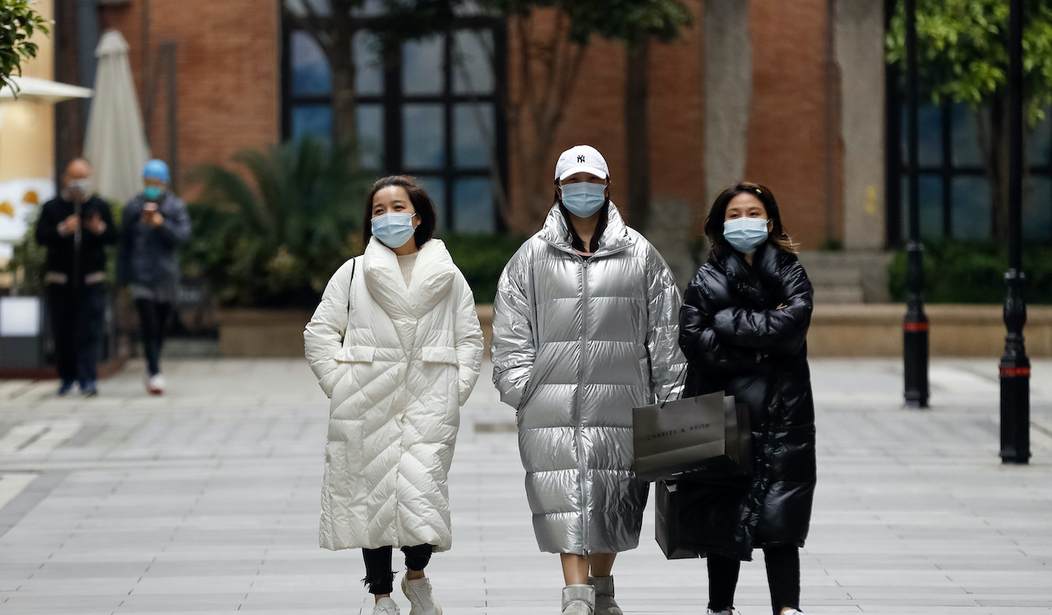Very good news out of China as authorities in Wuhan tested almost 11 million people for the coronavirus and found fewer than 300 infections with most being asymptomatic or presenting very few symptoms.
Wuhan was the first place the coronavirus surfaced back in December and lockdown restrictions were lifted four weeks ago. Chinese health officials are cautiously optimistic. Forbes reports that the number of daily infections has dropped to fewer than 20.
The virus has not come back with a vengeance since opening up as we have been told countless times would occur here in the U.S. if we lifted quarantine orders.
Whether it returns again in December is anybody’s guess. It might. It might be as bad. It might be worse. It might not be bad at all. Remember the first version of SARS ran from November 2002 to July 2003 and was never heard from in a news headline ever again.
According to China’s National Health Commission (NHC), only 16 people tested positive in mainland China on May 31, though that is up from two the day before.
China is not entirely out of the woods yet.
As it stands currently, six districts and cities in mainland China have their health emergency levels still put at medium to high. Two districts in Jilin city, not far from the Russian border, are still on high alert.
The NHC reported that some 397 people are also under medical observation as of May 31, up slightly from 396 cases on May 24.
China is definitely out of the ICU unit and getting back to work. They are a good four weeks ahead of most everyone else.
This is great news — if we can believe what the Chinese Communist government is telling us. Their record in that regard is far less than spotless.
But more independent observers who watch the mainland very closely have not detected a huge spike in infections or deaths. And the Chinese economy is showing signs of life already.
China’s manufacturing PMI is over 50, another positive.
It hit 50.6 in May, though it was 50.8 in April and 52 in March. This is probably due to a slower than expected recovery in China’s export industries.
The National Bureau of Statistics said that 81.2% of firms surveyed in the official manufacturing PMI have resumed more than 80% of normal production.
According to data by financial services firm WIND, year-on-year volume growth of new home sales in 30 major cities was up 10.5% as of May 30, a 3.8% increase from the previous week. Their month-to-month growth remained weak at -4%, but considering it was -19.5% in April, that’s a win.
We’re still five months from the presidential election. What will the economic landscape in the U.S. look like in late October? How much of a recovery will there be? We will be years trying to claw our way back from the severe contraction of the economy that occurred during the lockdown. But there is going to be growth as we fight our way back.
Some economic sectors may recover quicker than others due to pent-up demand. Housing and autos come immediately to mind. But employment in the service industry will come back much more slowly, as the hospitality and travel sectors and industries that depend on them, including airlines, may take a while given people’s reluctance to travel.
All this depends on the absence of a second wave of infections. There will be local outbreaks, like those in major cities that will occur after the riots and demonstrations. If authorities overreact and lockdown again, the recovery will be slowed.
But demand will drive the recovery forward. How far remains to be seen.










Join the conversation as a VIP Member